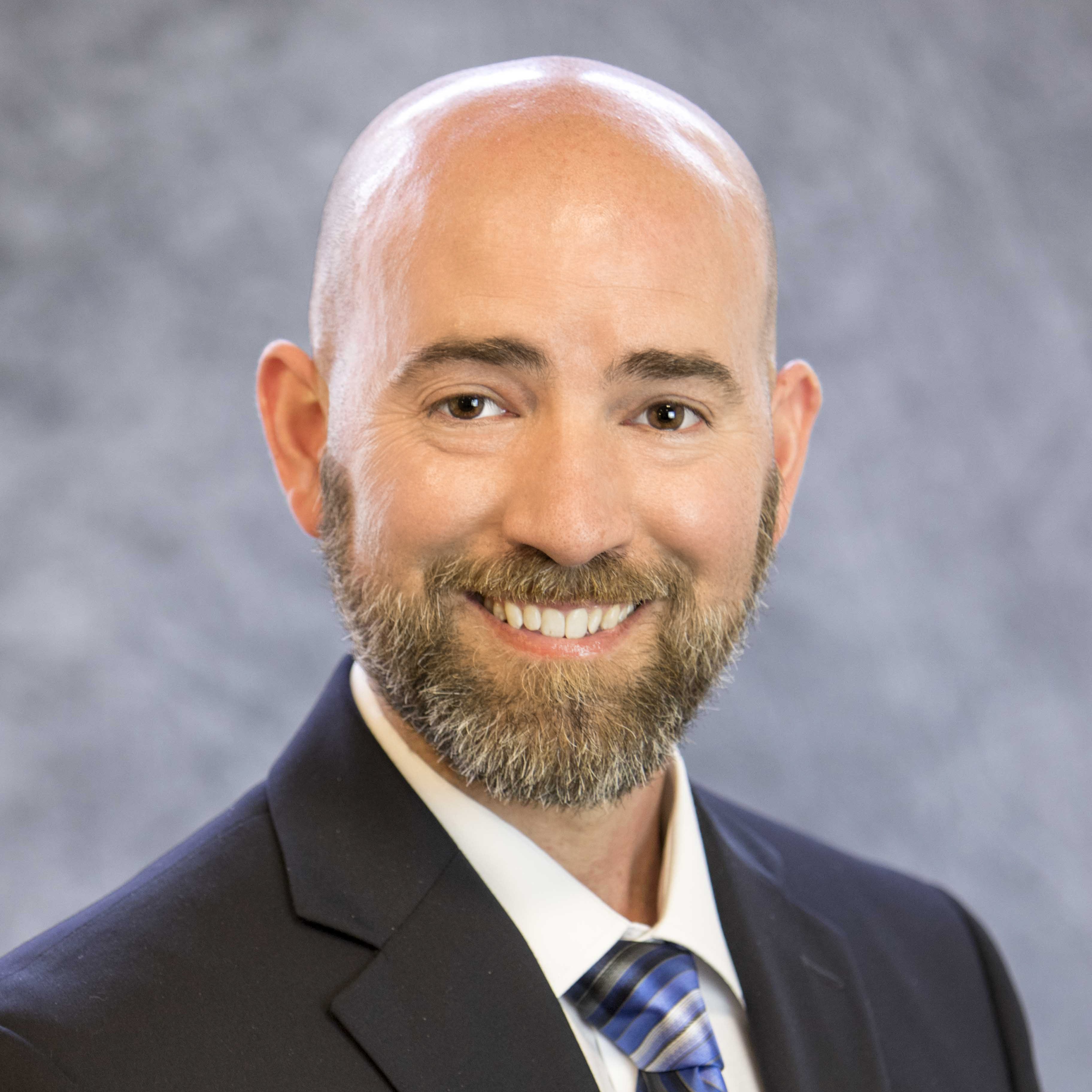This Opinion/Editorial was featured in the Tri-City Herald's In Focus section on February 28, 2014.
One of the most controversial debates sweeping the country is whether taxpayer-funded pensions for government officials should be changed to more closely reflect those pension benefits available to workers in the private sector. Aside from being a debate about fairness, there also is the very real concern about the cost of government pensions and those funds not being available for other budget priorities.
Though Washington’s issues are a far cry from the pension problems facing some states, taxpayers here still face almost $6 billion in unfunded pension liabilities. There is also the fact the private sector has been moving steadily away from costly defined benefit plans for decades (typical of those offered to government employees), instead offering employees defined contribution pensions that provide retirement payments to an employee’s pension, while helping companies accurately project future pension costs.
According to the U.S. Department of Labor, Bureau of Labor Statistics, 83 percent of government employees have access to traditional defined benefit pensions. Only 19 percent of private sector workers, however, have access to those types of pensions. Instead, 59 percent of private sector workers have access to a defined contribution pension.
A defined benefit pension promises workers they will receive a certain dollar benefit level every month after they retire, while a defined contribution plan provides workers a stable contribution toward pension savings during their working lives, along with tax-free employee contributions, which the worker can draw from during retirement.
Two bills in the Legislature would move the state in this direction (SB 5851 and SB 6305). Both bills are considered “necessary to implement the budget” and were not subject to the recent cutoff.
SB 5851, “creating a defined contribution retirement plan option for public employees,” would set up a new optional defined contribution pension plan for current state workers and for new hires. The proposal could save state and local government (that is, taxpayers) an estimated $436 million over the next 25 years.
A different proposal, SB 6305, “creating a defined contribution retirement plan option for elected officials,” would set up a new defined contribution plan for public officials elected to office after July 1, 2016. The fiscal note for SB 6305 is “indeterminate,” but the bill could result in state and local government (taxpayer) savings of $92 million over the next 25 years. Those elected officials who are currently members of the PERS pension system and are over age 50, and all elected judges would have the option of remaining in their current pension plan.
According to the National Conference of State Legislatures, new lawmakers in several states receive no pension for legislative service. This includes lawmakers in California. Also, Oregon lawmakers in a special session last year closed the state’s pension system to newly elected lawmakers.
While considering pension reforms like SB 5851 and SB 6305, it is important to maintain diligence on the state’s existing pension obligations. Part of what has contributed to the state’s almost $6 billion unfunded pension liability is that legislators and past governors have not made the required contributions over the past decade, so lawmakers could spend that money on other programs. Washington’s multibillion-dollar pension problem was not created overnight, so it will take time to pay off these unfunded liabilities.
Although Washington has already implemented many of the pension reforms just now being considered across the country (which is why the state’s unfunded pension liability compares well relative to other states), more still can be done to limit future taxpayer liability for pension payments and the share of the general fund devoted to pension costs, while still providing a retirement benefit for public service.
For future pension benefits, it would serve the public interest for Washington to transition to a defined contribution plan as laid out in these two proposals. Any long-term savings realized by these reforms could then be used to pay down the state’s multi-billion dollar unfunded pension liability, to reduce the temptation for lawmakers to increase state spending elsewhere in the budget.
Download a PDF of this Op/Ed here.




